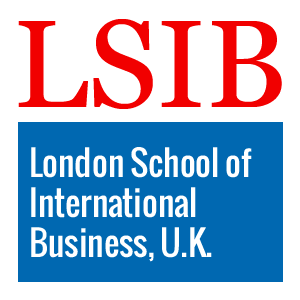Certified Specialist Programme in Pattern Making for Ties
Published on June 24, 2025
About this Podcast
HOST: Welcome to our podcast, where we explore various fields of fashion design and the stories behind them. I'm thrilled to have with us today an expert in pattern making for ties, discussing our new course, the Certified Specialist Programme in Pattern Making for Ties. Welcome! GUEST: Thank you for having me. I'm excited to be here and share my experiences and insights about this fascinating subject. HOST: That's wonderful! To start, could you tell us a bit about your personal experiences with tie pattern making and what led you to this field? GUEST: I've always been passionate about garment construction and craftsmanship. My journey into tie pattern making began when I was working as a designer in a fashion house. I found the intricacies of tie design and construction captivating, and I've been hooked ever since. HOST: Fascinating! Now, let's talk about the course. How does understanding tie pattern making contribute to a fashion designer's overall skill set? GUEST: Tie pattern making is an essential part of a well-rounded fashion designer's repertoire. It not only enhances their understanding of garment construction but also helps them appreciate the intricate details that go into creating a high-quality accessory. HOST: That makes sense. Now, as an expert in the field, could you share any current industry trends relevant to tie pattern making? GUEST: Absolutely! We're seeing a resurgence of interest in handcrafted and bespoke items, which highlights the importance of mastering traditional techniques in tie pattern making. Additionally, there's a growing demand for sustainable and eco-friendly practices in fashion, which can be applied to tie production as well. HOST: Thank you for sharing that. As with any subject, there must be challenges in learning and teaching tie pattern making. Could you elaborate on some of these challenges? GUEST: Sure. One of the main challenges is achieving precision and consistency in cutting and sewing methods. Additionally, fabric selection can be tricky, as certain materials may be more challenging to work with than others. However, with practice and dedication, these challenges can be overcome. HOST: Indeed, practice makes perfect! Finally, let's look to the future. How do you envision the world of tie pattern making evolving in the coming years? GUEST: I believe we'll continue to see a focus on traditional techniques, but with an increasing emphasis on technology and automation. This might include the use of digital pattern making tools and automated cutting machines, which could streamline the process and make it more accessible to aspiring designers. HOST: That's an exciting outlook! Thank you so much for sharing your insights and experiences with us today. We hope that our listeners will be inspired to explore the Certified Specialist Programme in Pattern Making for Ties and unlock their creative potential. GUEST: My pleasure! It was a joy to discuss this fascinating subject with you, and I wish all the aspiring designers the best of luck in their tie pattern making journey.
